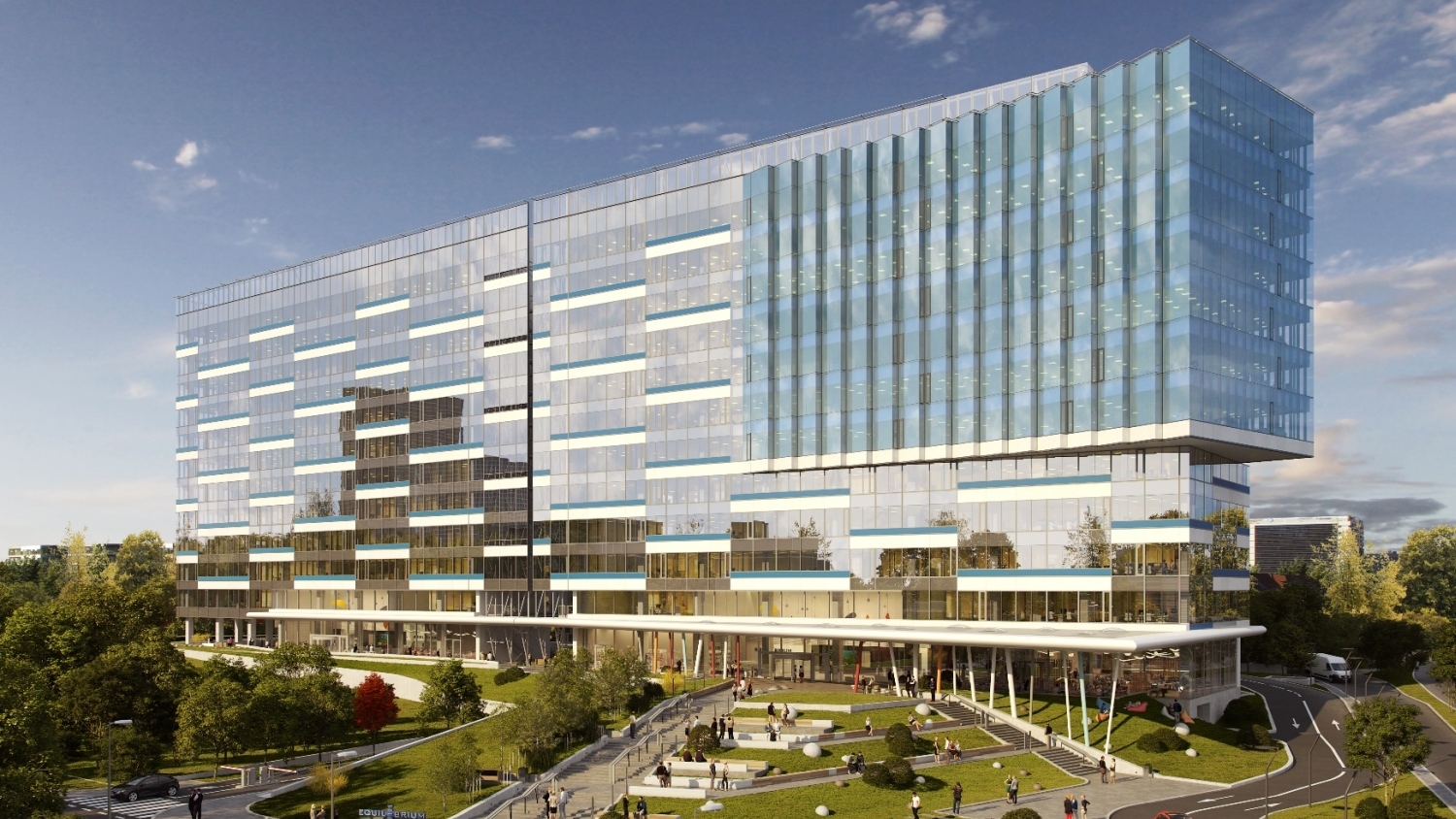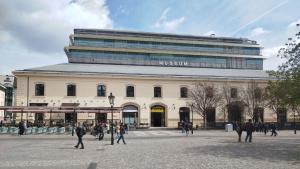
As a response to continued strong demand from tenants in Budapest and Bucharest, Skanska plans to launch several new projects in both capital cities. Marcin Łapiński, Managing Director for Hungary and Romania talked to Property Forum about the differences between the two markets.
What are Skanska’s plans for new developments in Budapest and Bucharest?
We plan to launch the construction of one new office building per year in each city. In Budapest the construction of Mill Park is underway with delivery scheduled for next year and works on the third phase of Nordic Light are to be launched in the first part of 2018. We are currently closely looking to acquire some new plots in Budapest, including the CBD and the Buda side, which is an attractive destination among certain groups of tenants. In Bucharest we have two ongoing projects in two different submarkets, targeting different tenants: Campus 6 in the Central-West area and Equilibrium in the Barbu Vacarescu-Floreasca area. We plan to deliver phase one of Campus 6 in Q3 2018 and right now we are in the middle of the leasing process. . We have more than 50 percent of the building under advanced discussions, so as soon as we will have the contracts signed we will immediately announce the new tenants. The project has four phases, so we’ll stay in the area for quite some time.
In your opinion what are the main differences between the two markets in terms of competition among developers?
The competitors are different, very few developers are present in both markets. We have 5-6 strong competitors in each market, so I wouldn’t say that one is easier than the other. The good thing for both markets is that tenant demand is stable and strong. The vacancy rate is under 10 percent in both Budapest and Bucharest, which is a good situation from a developer’s perspective, although it won’t last forever.

We see some rental growth but as a result of many new projects appearing on the market this rental growth is not as big as it could be. In both markets new supply will peak in 2018 which means that the period of limited rental growth will continue for some time.
Are there any major differences between the two cities in terms of tenant requirements?
Most of the requirements are the same because a large number of tenants are international and have internal standards that apply everywhere. There are some specific things that can be more often discussed in one country than the other, but all the major trends such as wellbeing or digitalization are equally present in both. I observed in both Budapest and Bucharest that the office became an important tool in attracting new employees and keeping existing ones happy.
Skanska usually sells its developments. How do you view the current situation on the investment market in Budapest and Bucharest?
For the past few years the investment market has been dynamic in Budapest, investment demand being strong from both local and international players. Over the last two years we have also seen a considerable yield compression, so I would say that Budapest is in a very interesting moment right now. Bucharest is a bit slower from this perspective with a smaller number of players on the investment market. However, in the last six months I have seen new investors looking at Bucharest and yields have also started to compress, although to a smaller extent than in Budapest.



